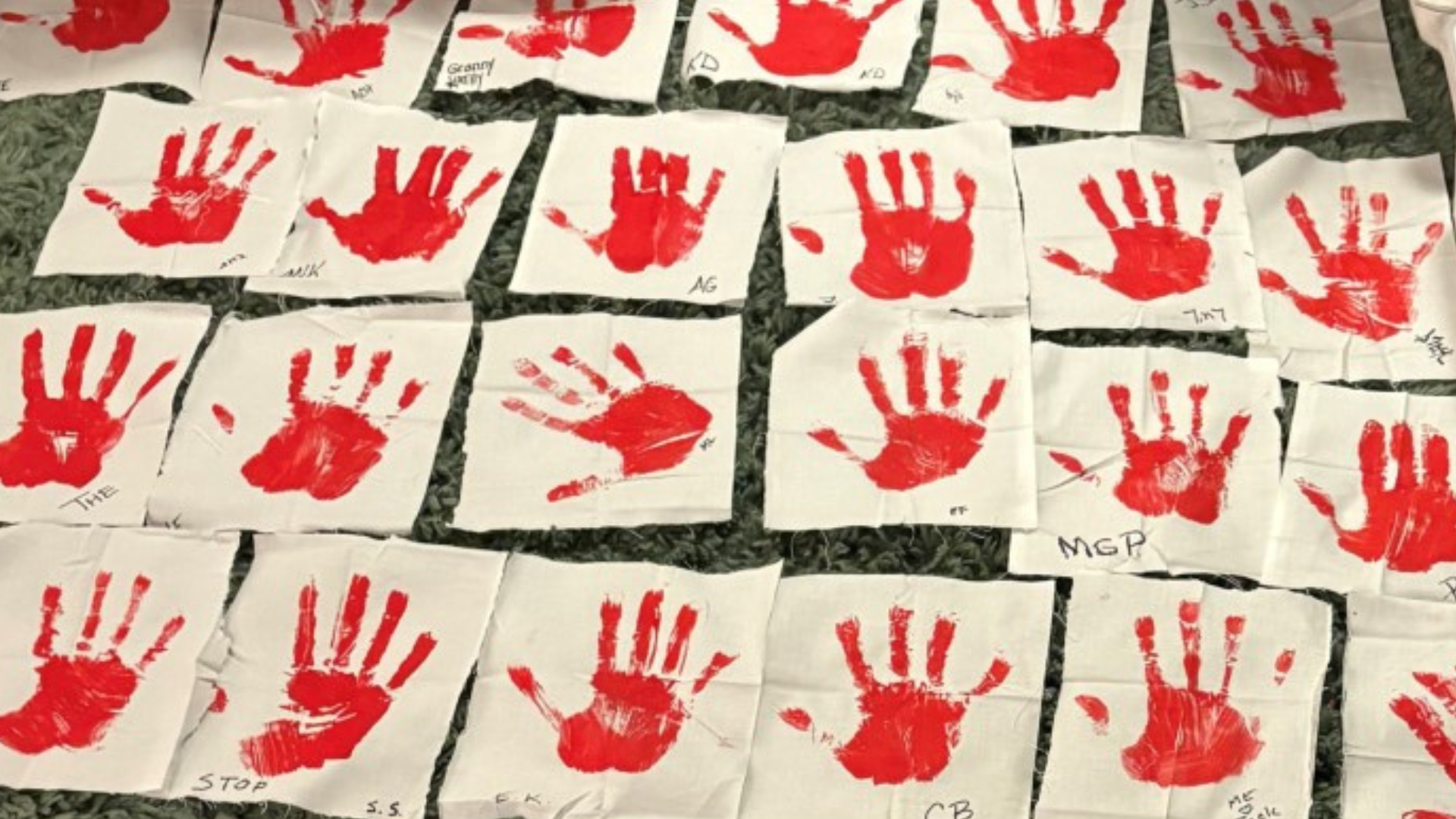Every policy space that we explore has inequities and racism built into it. This country’s approach to people who use drugs and the services and treatment available to them is no different. Even long before the so-called “war on drugs” began, Black and brown Americans who struggled with addiction were treated differently than white Americans.[1] This was felt acutely after the war on drugs began in the 1980s and the criminalization of drug use disproportionately harmed non-white Americans with harsher sentences for certain types of drugs and a widespread lack of support for communities of color dealing with drug addiction. As the Biden Administration has sought to center racial equity in its plan to address substance use disorders (SUDs), including dedicating efforts and funding to harm reduction, it’s important to explore the complexities around SUDs and the best ways to provide support and treatment.
Every policy space that we explore has inequities and racism built into it.
Harm reduction 101
Let’s start with some basics on harm reduction. This definition from the U.S. Substance Abuse and Mental Health Service Administration (SAMHSA) outlines it very clearly:
“Harm reduction is an approach that emphasizes engaging directly with people who use drugs to prevent overdose and infectious disease transmission, improve the physical, mental, and social wellbeing of those served, and offer low-threshold options for accessing substance use disorder treatment and other health care services.”[2]
In late 2021, the Biden Administration announced a grant opportunity for states, localities and organizations to support harm reduction efforts utilizing American Rescue Plan funds. President Biden has emphasized harm reduction as a part of the White House’s Office of National Drug Control Policy (ONDCP) strategy to address the ongoing opioid crisis.[3]
The harm reduction approach to people who use drugs is much more impactful, and ultimately successful in helping people connect with treatment compared to the traditional, criminalization approach that has been favored throughout the decades. And an important new element to this funding opportunity was that syringes could be purchased with federal funds, a needed policy change, to ensure that syringe services programs could distribute clean syringes as part of the overall package of services they were providing.
Biden’s needle exchange policy and the media blowback
Soon after this funding opportunity was announced, some media outlets pounced on the fact that these funds could also be used for “safe smoking kits.”[4] The grant guidelines themselves did not specify what could or would be included in the kits, but they can include supplies such as mouthpieces, lip balm, materials for filters and alcohol wipes, but are not limited to these items. This was part of an overall effort to expand allowable uses of these funds and ensure that the grantees had flexibility in their proposals to meet the needs of the communities they serve and the issues those communities were facing.
The uproar over the “safe smoking kits” immediately translated into, amongst some media outlets, “the Biden Administration is distributing crack pipes.”
You can see where this is going, right? The uproar over the “safe smoking kits” immediately translated into, amongst some media outlets, “the Biden Administration is distributing crack pipes.” This is a blatantly racist dog-whistle callback to the war on drugs in the 1980s’ (and even before) that designed different penalties based on crack versus powder cocaine. Crack was tied to harsher sentences, its usage disproportionately associated with Black and brown people, while powder cocaine was more popular among affluent white people.
Black and brown people are dying by overdose at twice the rate of white people
Evidence-based harm reduction approaches shouldn’t be driven by old, bad policy and media uproar. The grantees applying for these funds are best situated to know the needs in their communities, but ultimately there were some “clarifications” issued by the Biden Administration that funds would not be used for crack pipes.
So, we’re still here, frustratingly developing policy based on stereotypes and blowback, while at the same time we are making progress in acceptance of syringe service programs and distribution of clean needles. It’s hard not to think that this growing acceptance has something to do with white people disproportionately driving overdose and death rates earlier on in the opioid crisis.
We need to take this opportunity to hold the Administration to its commitment to focus on racial equity.
The data is showing that Black and brown people are dying of drug overdoses at a growing rate, especially within the last few years.[5] A recent article in The New York Times stated that the rate of overdose deaths among Black people increased 44 percent from 2019 to 2020, twice the rate of white people. We need to take this opportunity to hold the Administration to its commitment to focus on racial equity and center what we know works to connect people who use drugs with support and treatment. Let’s not let racist stereotypes and outdated policies continue to drive how we approach public health, criminal justice and treatment for people and communities struggling with addiction.
[1] https://ldi.upenn.edu/our-work/research-updates/the-war-on-drugs-as-structural-racism/
[2] https://www.samhsa.gov/find-help/harm-reduction
[3] https://www.naccho.org/blog/articles/white-house-centers-harm-reduction-and-equity-in-year-1-drug-policy-priorities
[4] https://www.nytimes.com/2022/02/21/us/politics/biden-harm-reduction-crack-pipes.html
[5] https://www.nytimes.com/2022/07/19/health/overdose-pandemic-race.html








